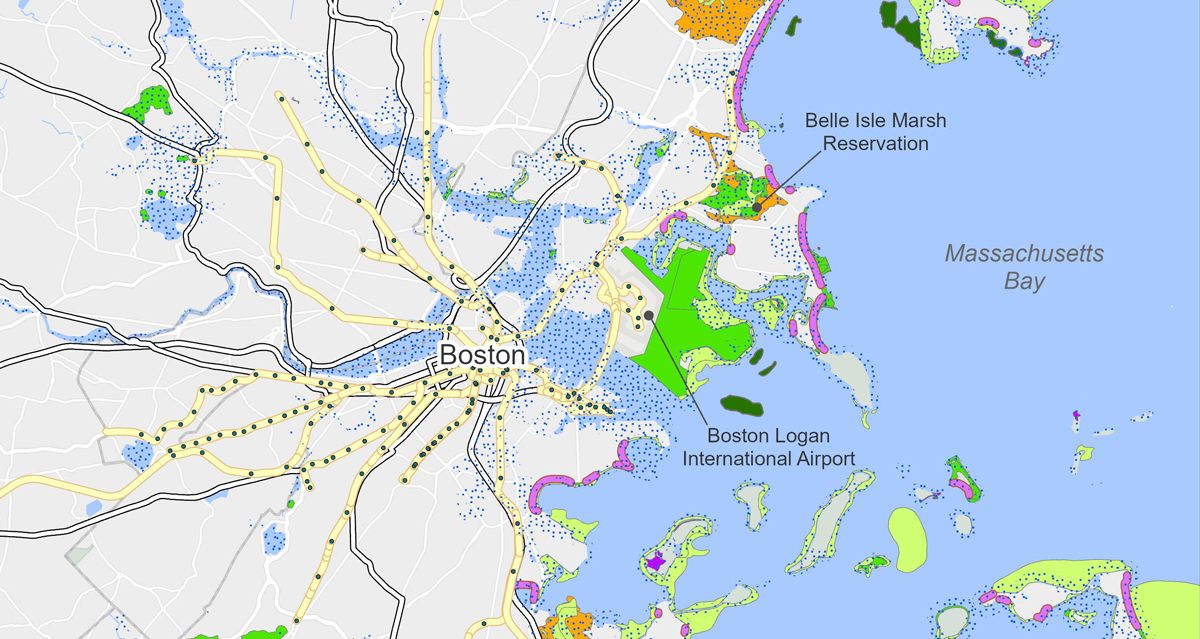By Thomas Frank, 09/17/2021 06:50 AM EDT
It’s 1,020 pages long, took five years to write — and could help galvanize the movement toward using natural infrastructure to protect the world against flood damage.
The first International Guidelines on Natural and Nature-Based Features for Flood Risk Management were released yesterday, culminating a global effort led by the Army Corps of Engineers.
The document is mostly a how-to guide. But its heft and international imprimatur legitimize natural infrastructure such as dunes and marshes as an alternative to traditional, manufactured flood-control measures such as sea walls and levees.
“It could be really significant, given the breadth of the stakeholders from around the globe that were involved in the drafting,” said Sarah Murdock, director of U.S. climate resilience and water policy for the Nature Conservancy, which helped develop the report. “It really comes with such a stamp of endorsement from all these different public, private and NGO folks who were involved.”
Ten nations on four continents contributed to the guidelines, including Sri Lanka, New Zealand, Denmark and the United States. Leading the drafting along with the Army Corps were NOAA, the World Bank, the U.K. Environment Agency and Rijkswaterstaat, the Netherlands’ ministry of infrastructure and water management.
NOAA Administrator Rick Spinrad signaled the Biden administration’s embrace of natural infrastructure during a virtual conference yesterday announcing the report.
“Natural features are more capable of adapting to a changing environmental condition and being self-sustaining, while conventional infrastructure can have less capacity to meet future conditions,” said Spinrad, who was appointed by the president.
Spinrad noted the dual benefits of natural infrastructure as both protection from flood damage and habitat for a range of species.
“By using natural features such as marshes, dunes, reefs, islands and mangroves to protect coastal communities, we can also improve habitats that support commercially and recreationally important species, and enhance opportunities for aquaculture,” Spinrad said.
Army Corps environmental engineer Candice Piercy told the virtual gathering that natural infrastructure needs to be maintained to be effective as flood control. Wetlands in southern Louisiana that were intended to buffer storm surge “were stressed for a long time” prior to Hurricane Katrina in 2005, Piercy said. “That storm served as a tipping point.”
“You can’t just focus on whether NNBF stays in place during a storm or flood,” Piercy added, using the abbreviation for natural and nature-based features. “We also need to make sure it is appropriately functioning outside of those periods.”
Brenden Jongman, a disaster risk management specialist for the World Bank, said developing nature-based infrastructure “is not straightforward. It requires the right tools, guidance and principles and also a lot of capacity-building.”
The new guidelines “will really help us get to the nitty-gritty and develop better projects,” Jongman said.
The report has 20 chapters and dedicates hundreds of pages to explaining how to develop various types of natural infrastructure, such as beaches and dunes, coastal wetlands, islands, reefs, and underwater vegetation and kelp.
In the report’s introduction, Army Corps leader Lt. Gen. Scott Spellmon calls the document a “much‑needed resource to pursue, consider, and apply NNBF for flood risk management while expanding value through infrastructure.”
To view online:
https://subscriber.politicopro.com/article/eenews/2021/09/17/global-guidelines-promote-natural-infrastructure-280713




